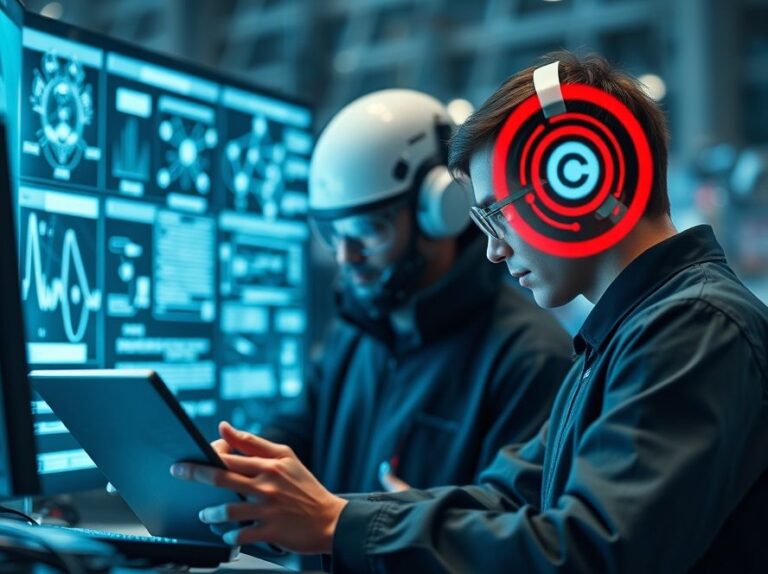Understanding Transfer Learning
Transfer Learning is a fascinating machine learning technique where a model developed for a specific task is reused as the starting point for a model on a second task. This approach leverages the knowledge gained while solving one problem and applies it to a different but related problem. In simpler terms, it’s like using what you’ve learned in one class to help you understand another subject.
The Importance of Transfer Learning in Technology
In recent years, the importance of Transfer Learning has skyrocketed, especially in the fields of artificial intelligence and deep learning. As datasets grow larger and more complex, training models from scratch becomes increasingly resource-intensive and time-consuming. Transfer Learning allows organizations to save time and computational resources, significantly speeding up the model development process.
Key Benefits of Transfer Learning
- Reduced Training Time: By starting with a pre-trained model, the time spent on training can be drastically reduced.
- Improved Performance: Models can achieve higher accuracy with less data by leveraging prior knowledge.
- Less Data Requirement: Transfer Learning can be highly effective even with smaller datasets, which is a game-changer for many industries.
- Versatility: It can be applied to various fields, including computer vision, natural language processing, and more.
How Transfer Learning Works
The process of Transfer Learning typically involves two phases: pre-training and fine-tuning. During the pre-training phase, a model is developed using a large dataset to learn general features. In the fine-tuning phase, this model is adapted to a specific task by training it on a smaller, task-specific dataset.
For example, consider a model trained on thousands of images to recognize objects. This model can then be fine-tuned with a smaller dataset of images that are specific to a new category, such as medical images or specific wildlife species.
Real-world Applications of Transfer Learning
- Image Classification: Using pre-trained models like VGG16 or ResNet, companies can classify images in medical diagnostics, identifying diseases from X-rays or MRIs.
- Natural Language Processing: Language models like BERT and GPT utilize Transfer Learning to understand context and semantics, improving applications in chatbots and sentiment analysis.
- Speech Recognition: Transfer Learning can improve systems that convert speech to text by leveraging models trained on diverse datasets.
- Recommendation Systems: By using models trained on user interactions, businesses can recommend products more effectively.
Practical Implementation of Transfer Learning
To practically implement Transfer Learning, you can follow these steps:
- Select a Pre-trained Model: Choose a model that has been trained on a large dataset relevant to your task.
- Fine-tune the Model: Adapt the pre-trained model to your specific dataset. This often involves modifying the last few layers of the model to suit the new task.
- Train on Your Dataset: Use your smaller dataset to train the adapted model, allowing it to learn the specific features of your new task.
- Evaluate and Iterate: Assess the model’s performance and iterate on the training as necessary to improve accuracy.
Challenges and Considerations
While Transfer Learning offers many advantages, it is not without challenges. Here are some considerations:
- Domain Mismatch: If the source and target domains are too different, the knowledge transfer may not be effective.
- Overfitting: Fine-tuning on small datasets can lead to overfitting if not managed properly.
- Model Complexity: Selecting an overly complex model for a simple task can lead to unnecessary computational overhead.
Related Concepts in Machine Learning
Understanding Transfer Learning also involves familiarity with several related concepts:
- Fine-Tuning: Adjusting the weights of a pre-trained model to improve performance on a specific task.
- Domain Adaptation: Techniques used to adapt a model from one domain to another.
- Feature Extraction: Using the learned features from a pre-trained model without modifying its weights.
- Multi-task Learning: Training a model on multiple tasks simultaneously to improve performance across all tasks.
Final Thoughts and Reflection
Transfer Learning represents a significant advancement in the field of machine learning, enabling us to build powerful models more efficiently. Its practical applications span numerous industries, from healthcare to finance, showcasing its versatility. As you explore this exciting area, consider how you can apply Transfer Learning to solve real-world problems, whether in your studies, career, or personal projects.
Have you thought about how Transfer Learning could enhance your machine learning projects? Reflect on your current knowledge and consider where you can implement this powerful technique.









